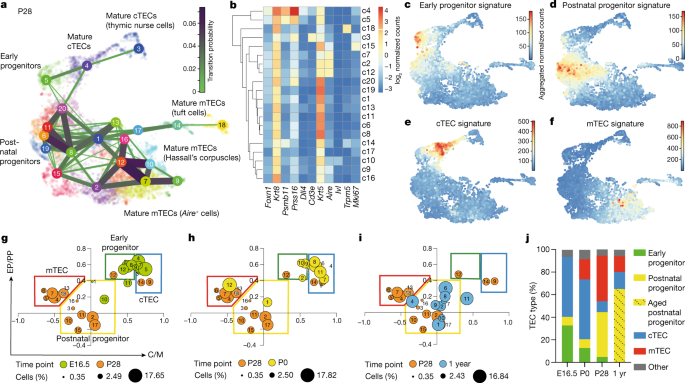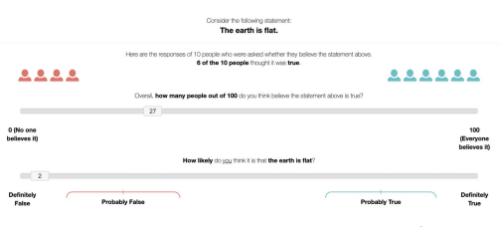インフルエンザ様疾患のより正確なモデル化は、アウトブレイクやパンデミックの治療に重要な利点をもたらす More accurate modeling of flu-like illness has important advantages for treating outbreaks, pandemics
2022-05-26 アメリカ・ロスアラモス国立研究所(LANL)
<関連情報>
- https://discover.lanl.gov/news/0525-viruses
- https://www.sciencedirect.com/science/article/pii/S0022519322001436?via%3Dihub
インフルエンザ様疾患の原因ウイルスの見分け方 Distinguishing viruses responsible for influenza-like illness
Julie A.Spencer,Deborah P.Shutt,S. Kane Moser,HannahClegg,Helen J.Wearing,Harshini Mukundan,Carrie A.Manore
Journal of Theoretical Biology Published:29 April 2022
DOI:https://doi.org/10.1016/j.jtbi.2022.111145

Abstract
The many respiratory viruses that cause influenza-like illness (ILI) are reported and tracked as one entity, defined by the CDC as a group of symptoms that include a fever of 100 degrees Fahrenheit, a cough, and/or a sore throat. In the United States alone, ILI impacts 9–49 million people every year. While tracking ILI as a single clinical syndrome is informative in many respects, the underlying viruses differ in parameters and outbreak properties. Most existing models treat either a single respiratory virus or ILI as a whole. However, there is a need for models capable of comparing several individual viruses that cause respiratory illness, including ILI. To address this need, here we present a flexible model and simulations of epidemics for influenza, RSV, rhinovirus, seasonal coronavirus, adenovirus, and SARS/MERS, parameterized by a systematic literature review and accompanied by a global sensitivity analysis. We find that for these biological causes of ILI, their parameter values, timing, prevalence, and proportional contributions differ substantially. These results demonstrate that distinguishing the viruses that cause ILI will be an important aspect of future work on diagnostics, mitigation, modeling, and preparation for future pandemics.


